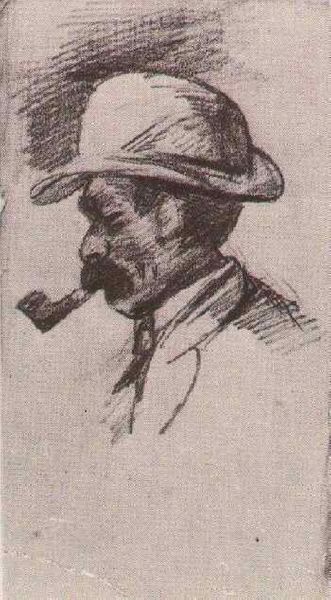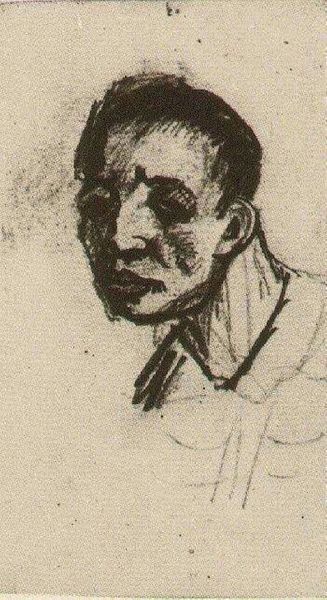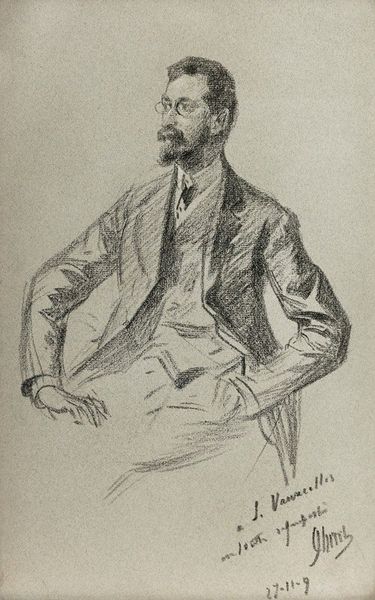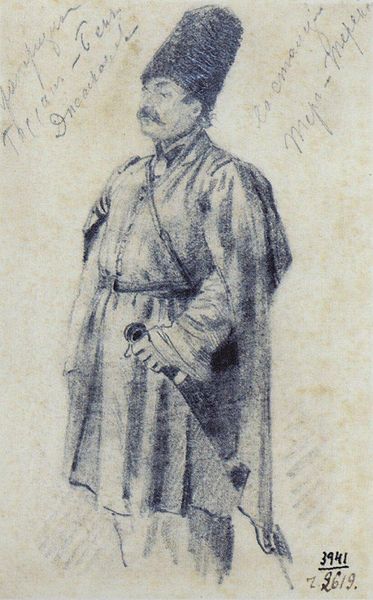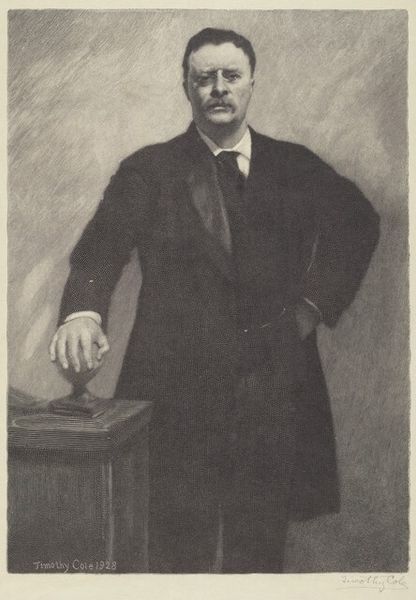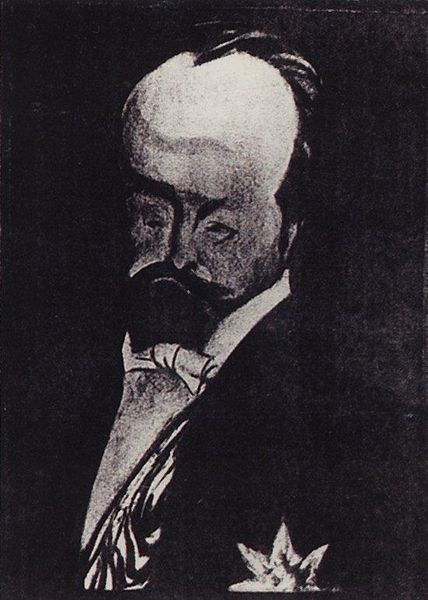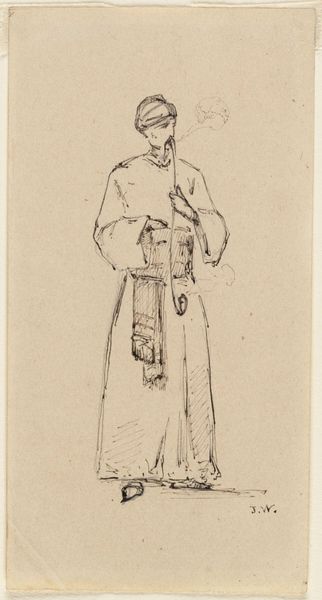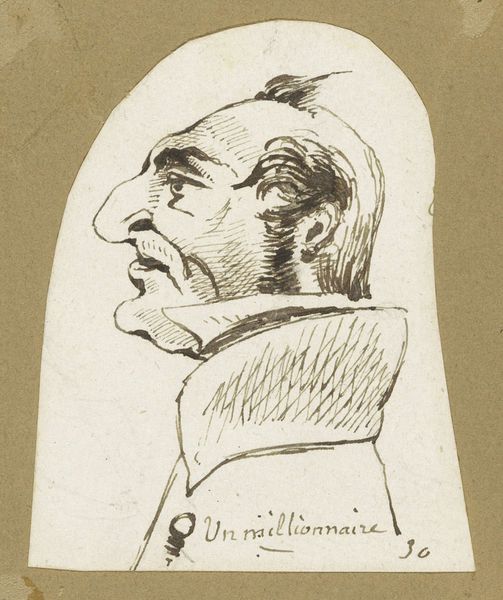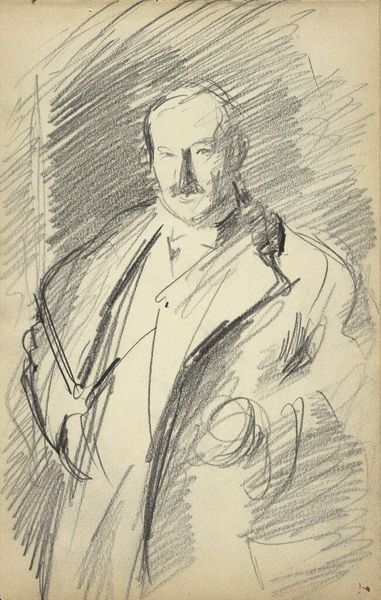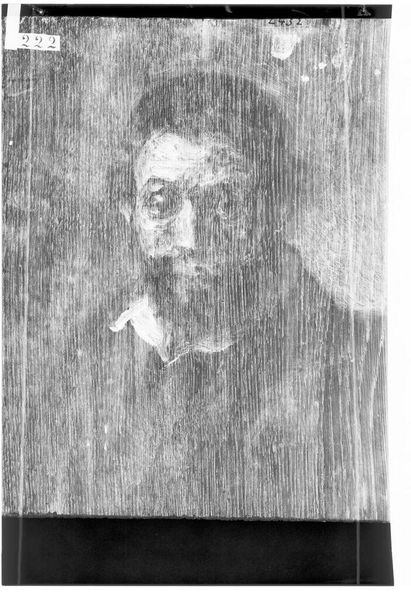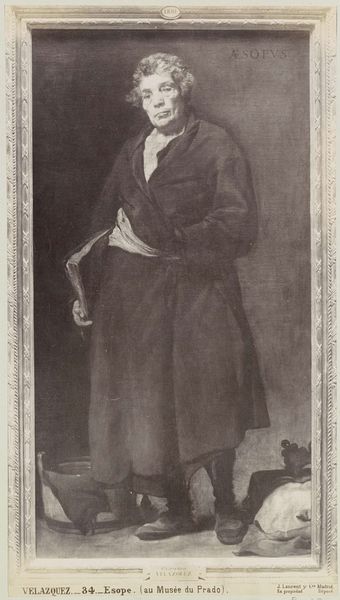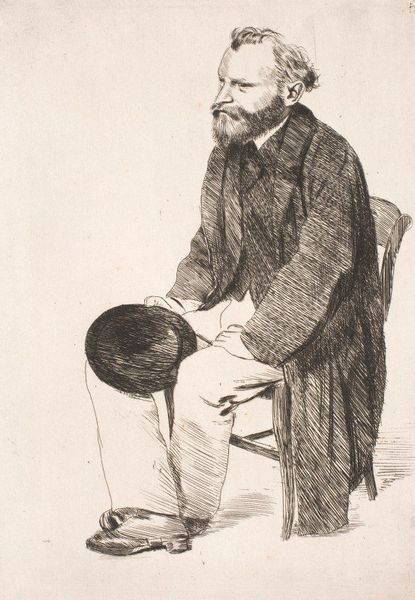
drawing, pencil
#
portrait
#
drawing
#
impressionism
#
pencil sketch
#
pencil
Copyright: Public domain
Editor: Here we have Van Gogh's "Head of a Man," a pencil drawing from 1886, currently residing in the Van Gogh Museum. I find it striking how little detail is present in the eyes and the textures are a little rough and very gestural. What do you see in this piece? Curator: Precisely. Let us examine the formal properties. The hurried, almost frenetic, application of pencil strokes, observe how they build volume. The hatching and cross-hatching articulate form through tonal variation rather than contour. Editor: Yes, I noticed the use of cross-hatching! It gives it depth, especially around the head. Curator: Note too, the composition. The artist does not completely fill the visual space. There's a negative space to contend with here; an ambiguous use of a portrait, almost like he is being swallowed into nothingness. Editor: It seems to reflect how Van Gogh was dealing with himself more than drawing somebody he saw. Curator: That might be a possibility. What structural observations could be gleaned in light of such assertion? Editor: What do you mean? Curator: Well, does such gestural and structural configuration affirm the notion of a mere psychological portrait, instead of something trying to replicate his reality? Or do we still need to see it with its aesthetic merit? Editor: I think you've convinced me. The structure definitely makes it read more like an exploration of the artist than an exploration of reality, if that makes sense. Curator: It is through careful attention to the arrangement of line and form that meaning arises. I hope our conversation about structural and philosophical elements has brought you valuable perspective to the piece. Editor: Definitely! Now I can see it with both psychological insight and an emphasis on his technique! Thanks for walking me through it!
Comments
No comments
Be the first to comment and join the conversation on the ultimate creative platform.
